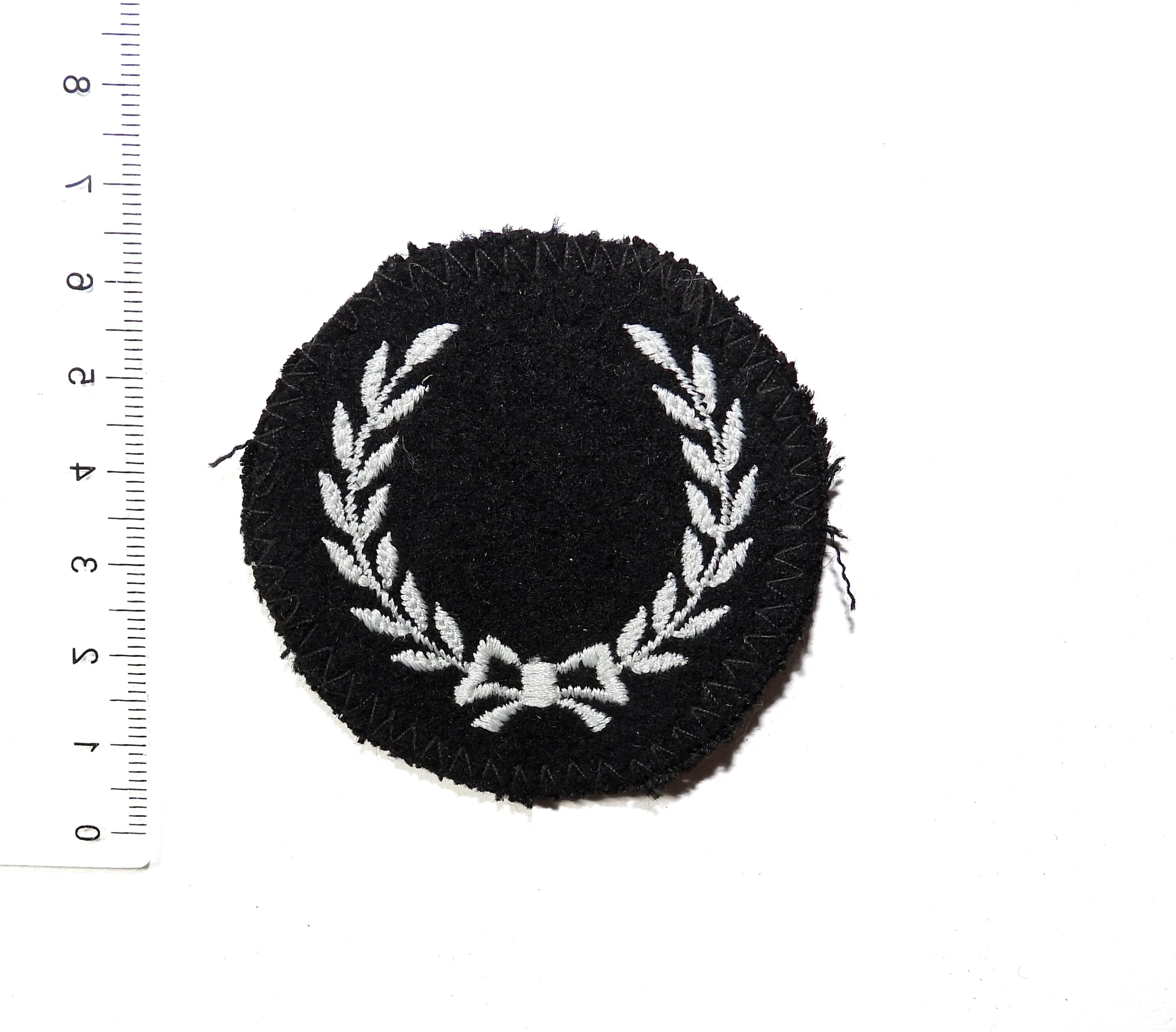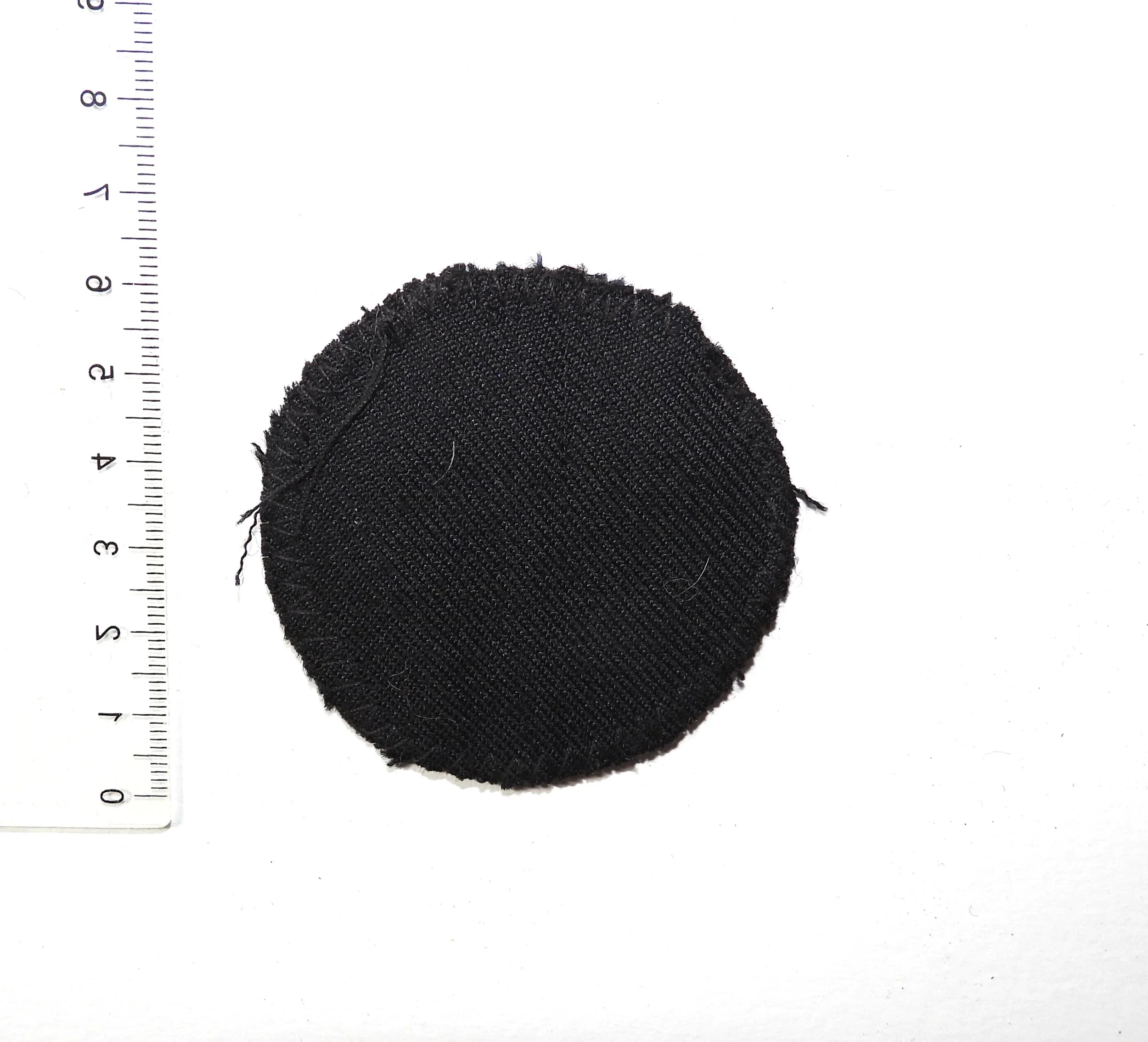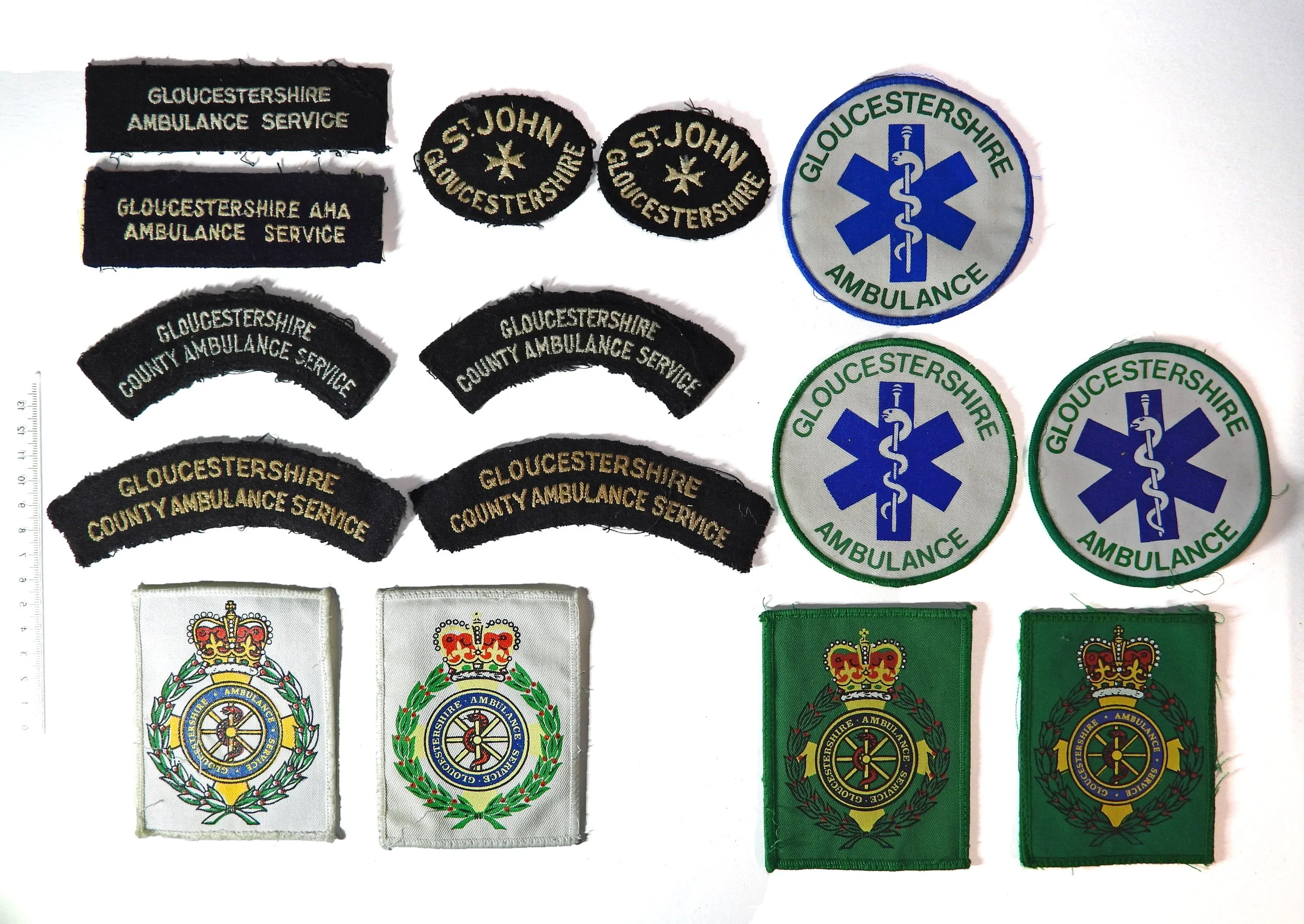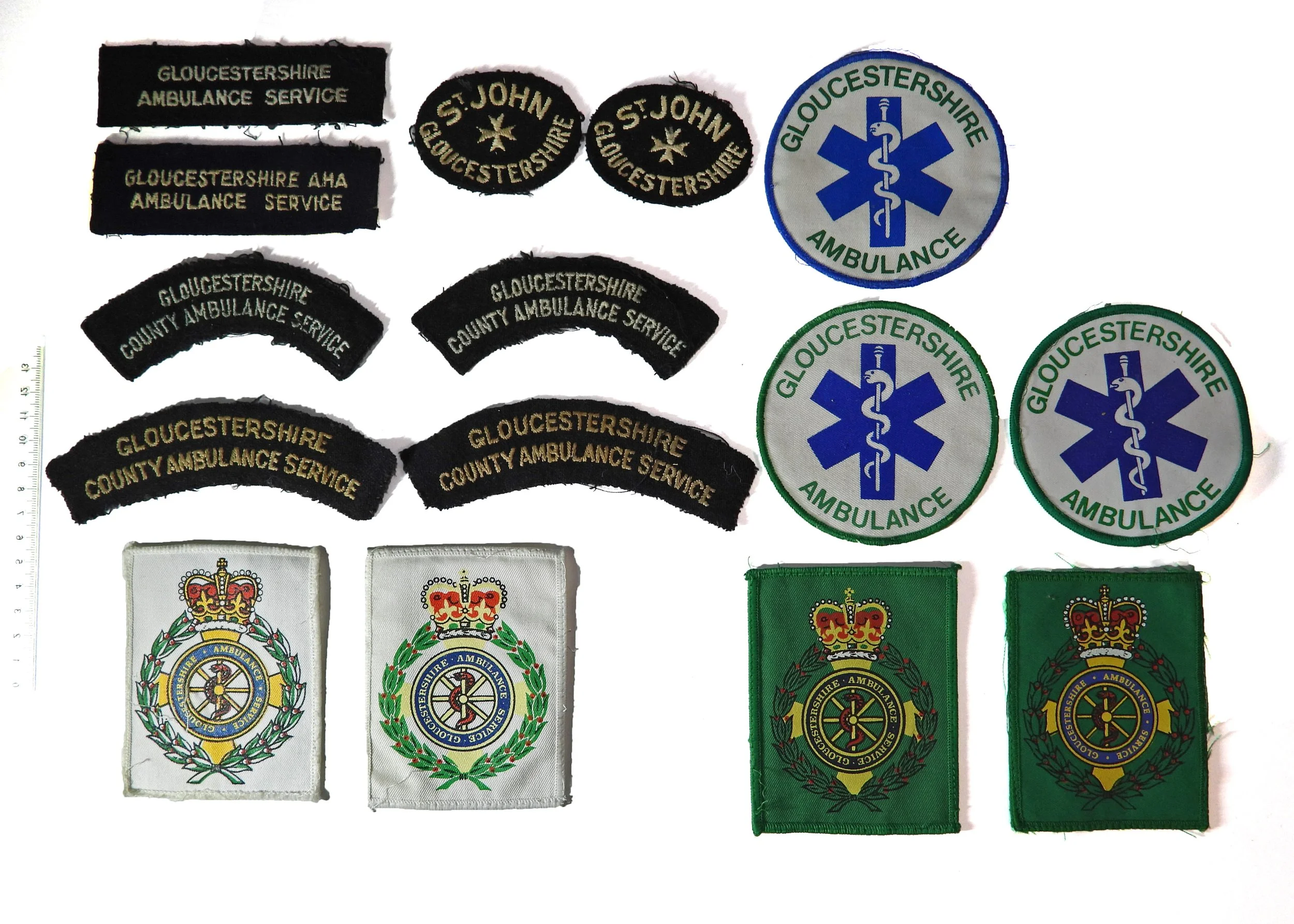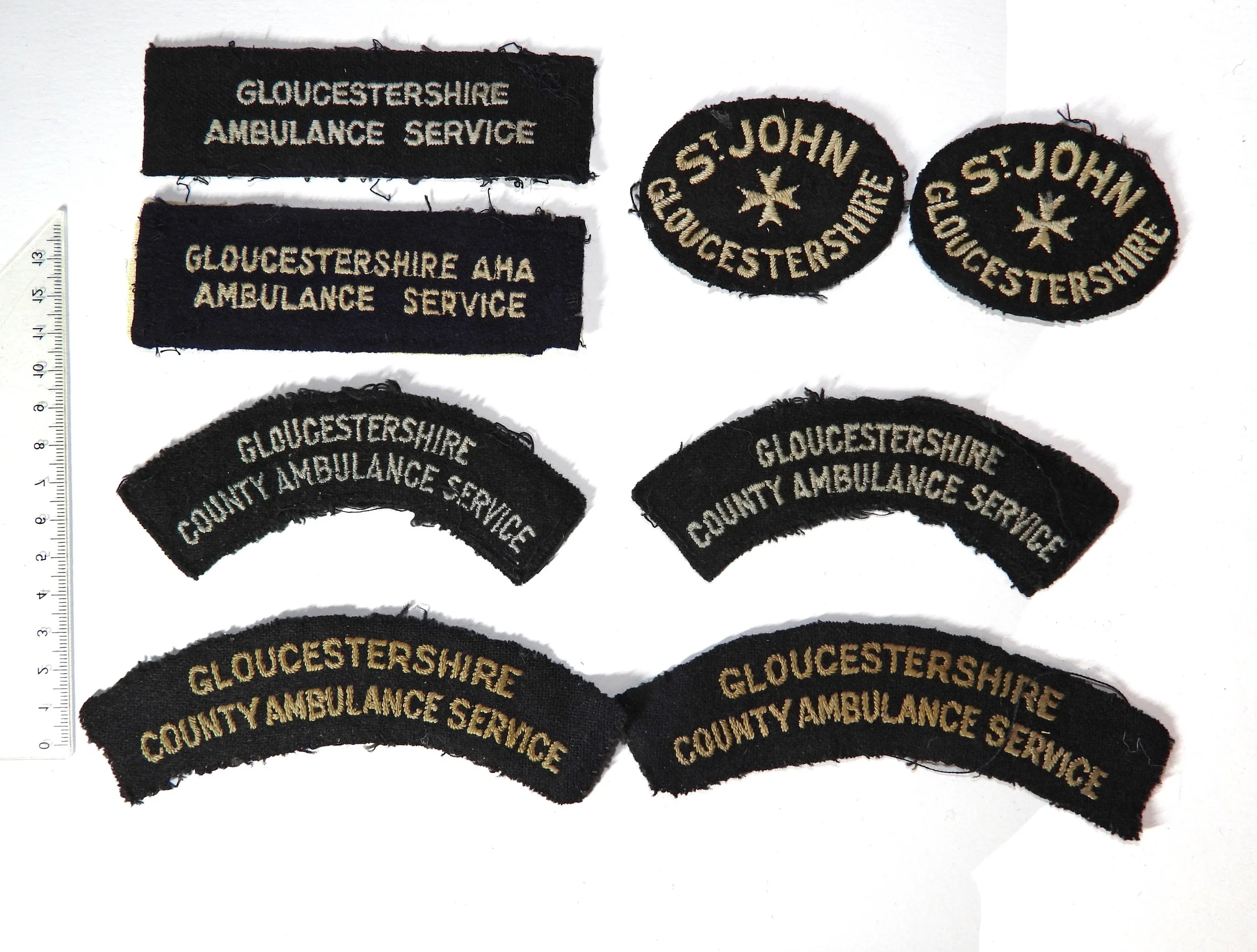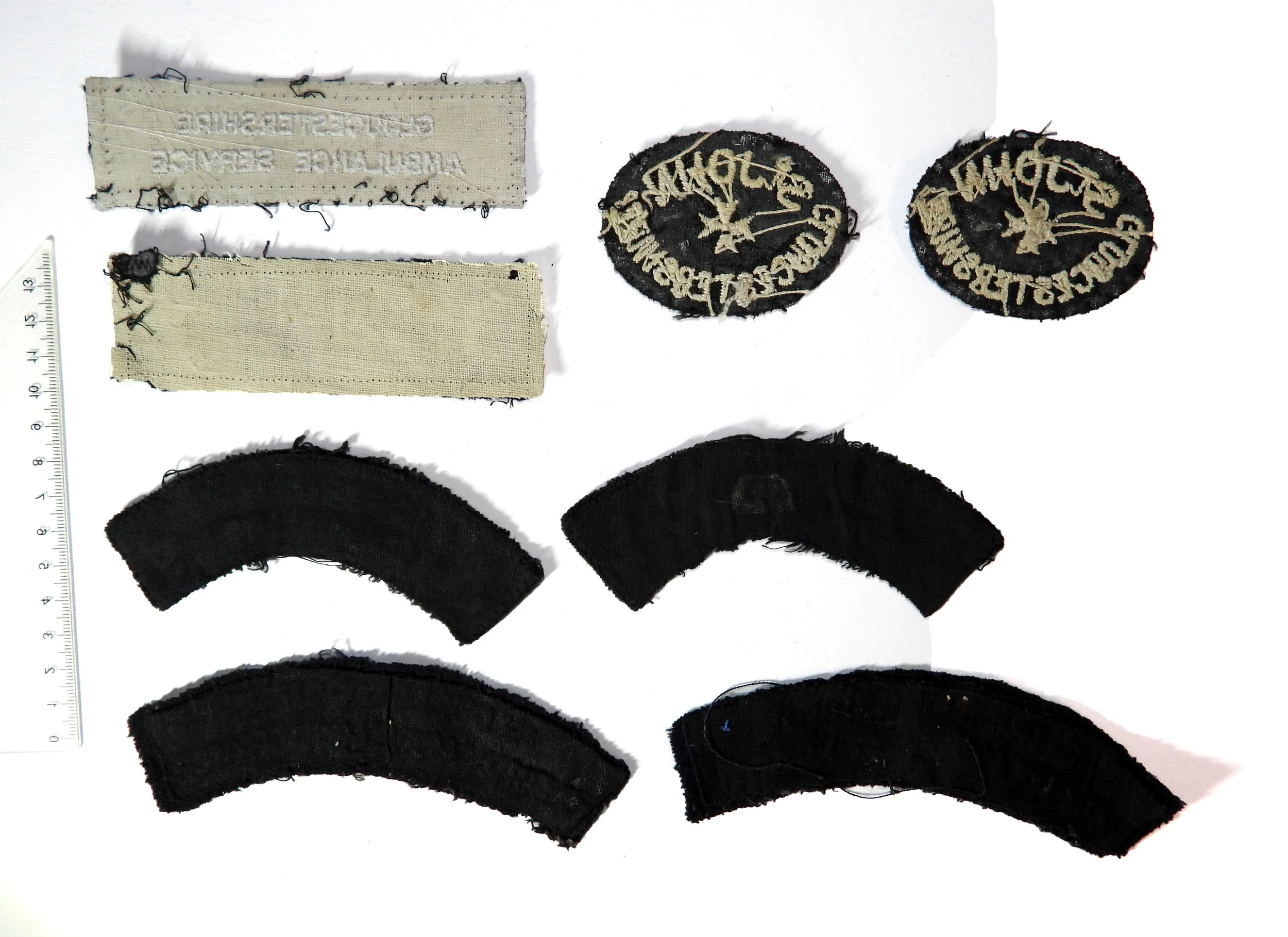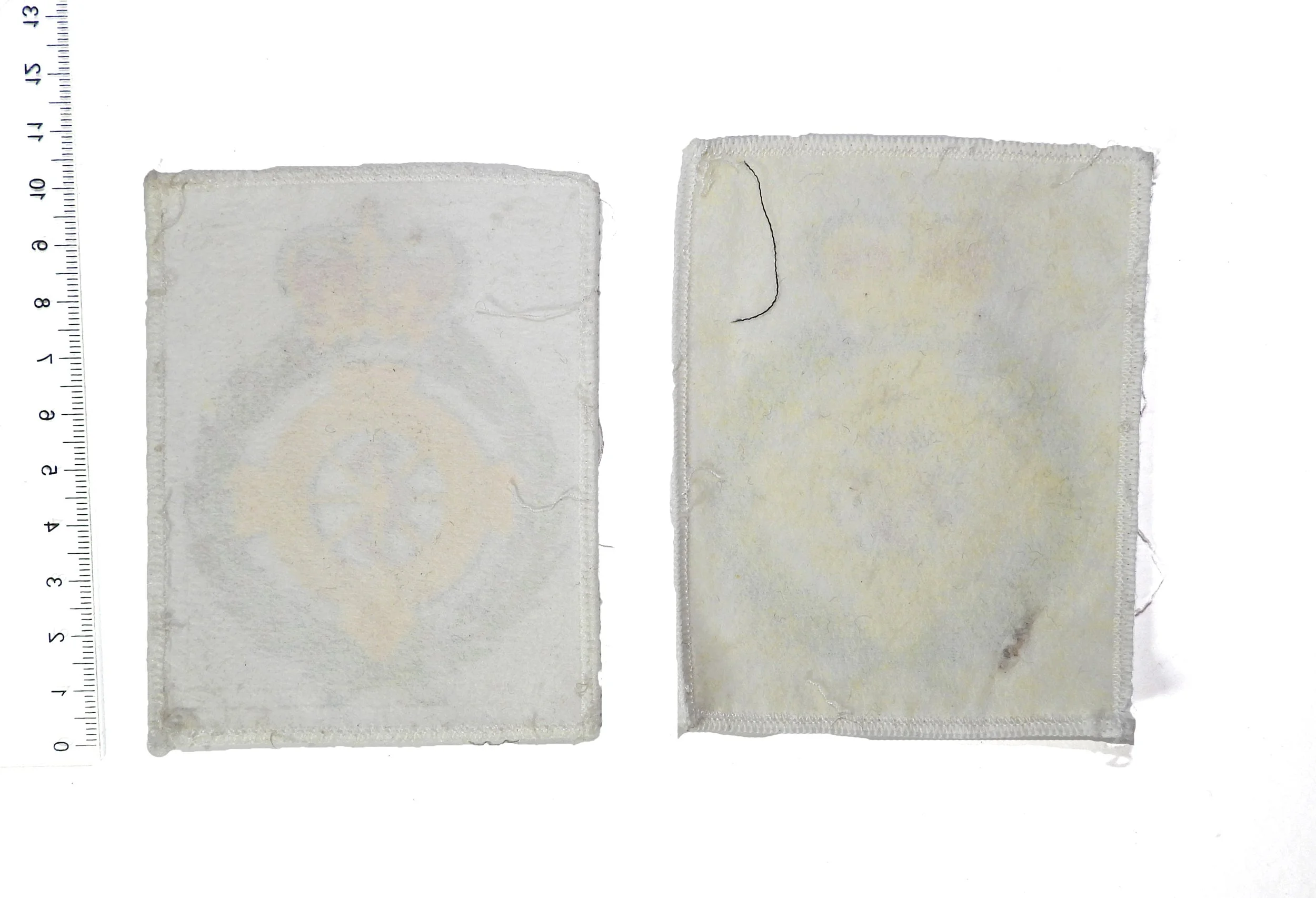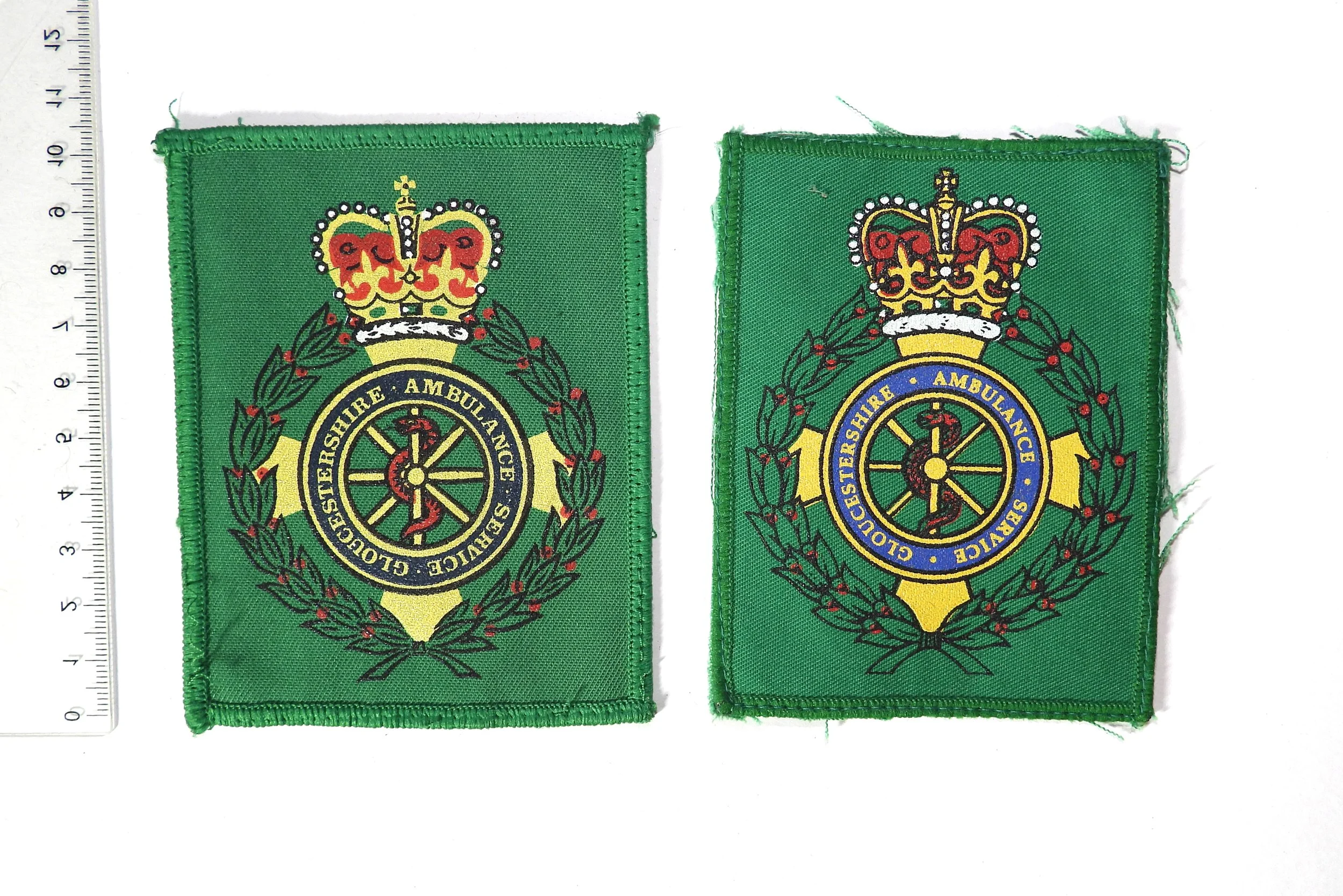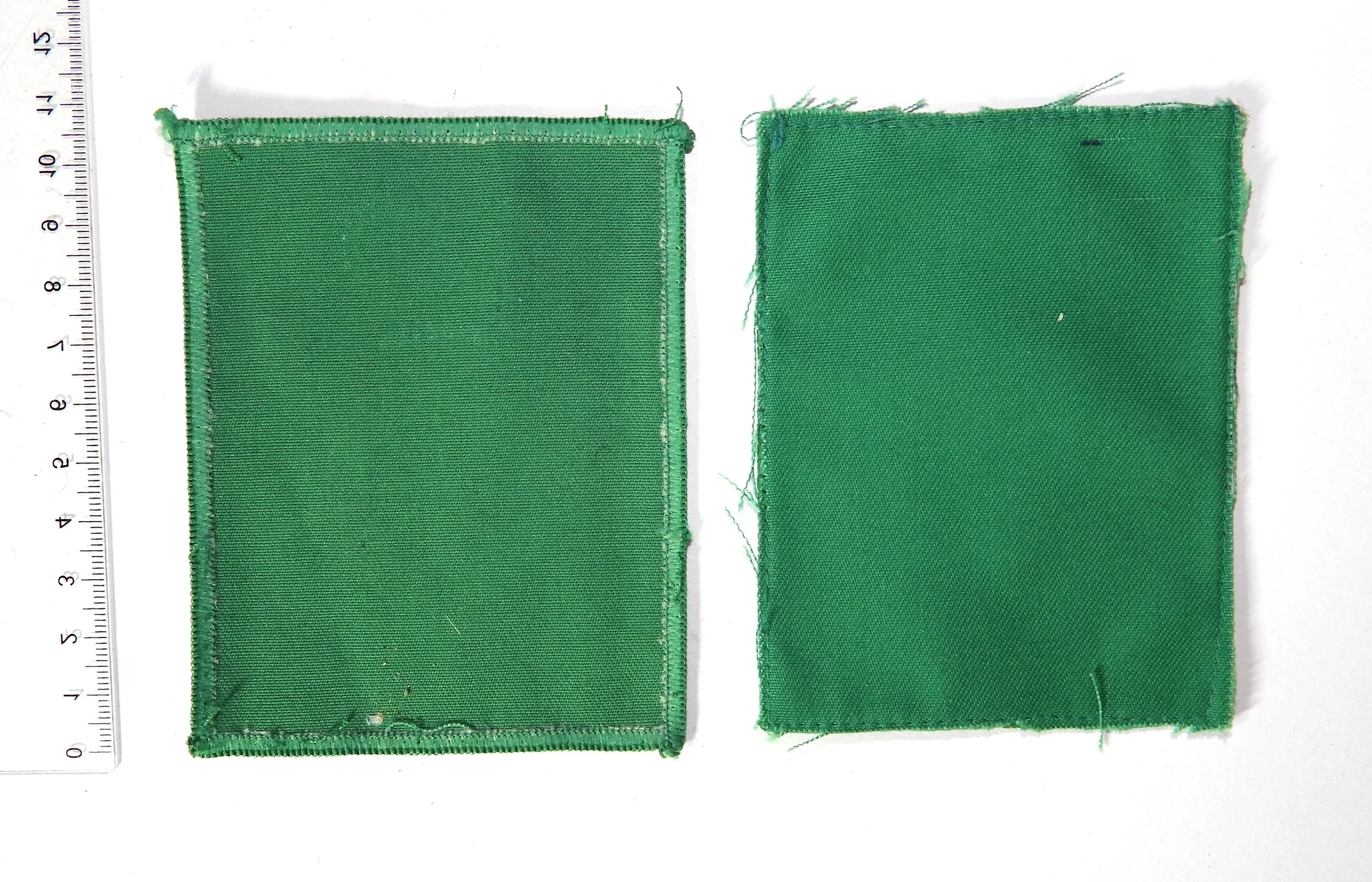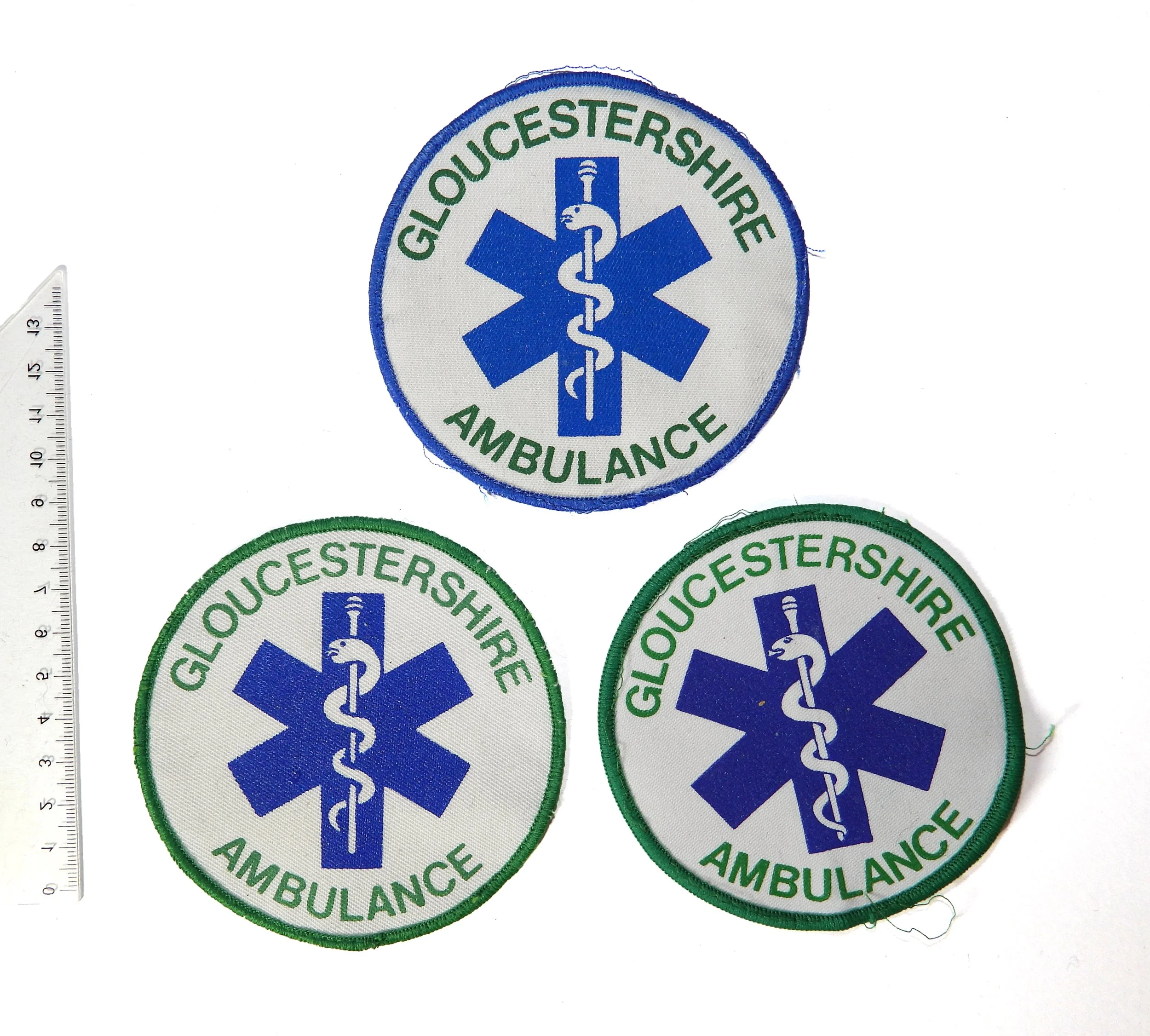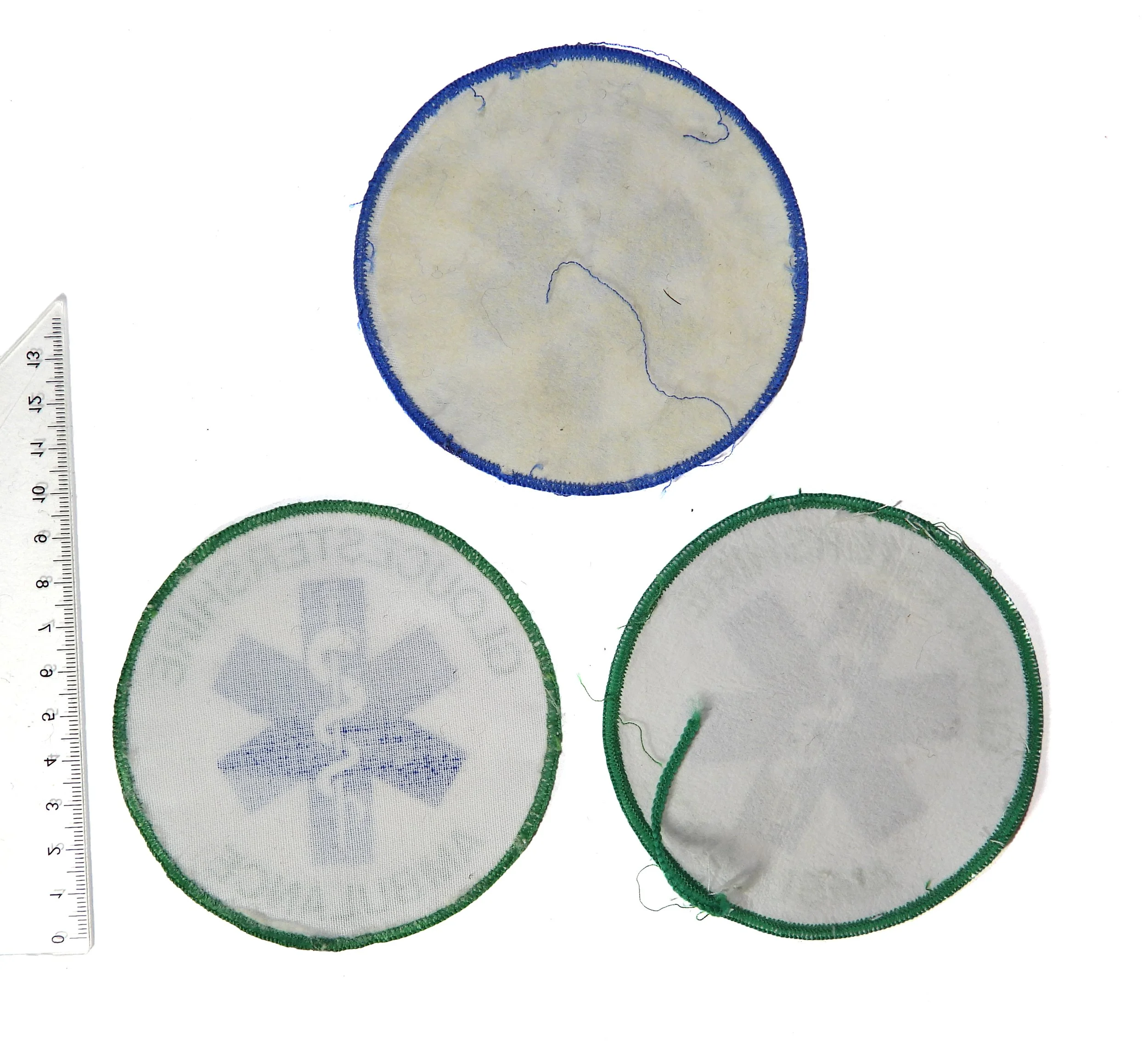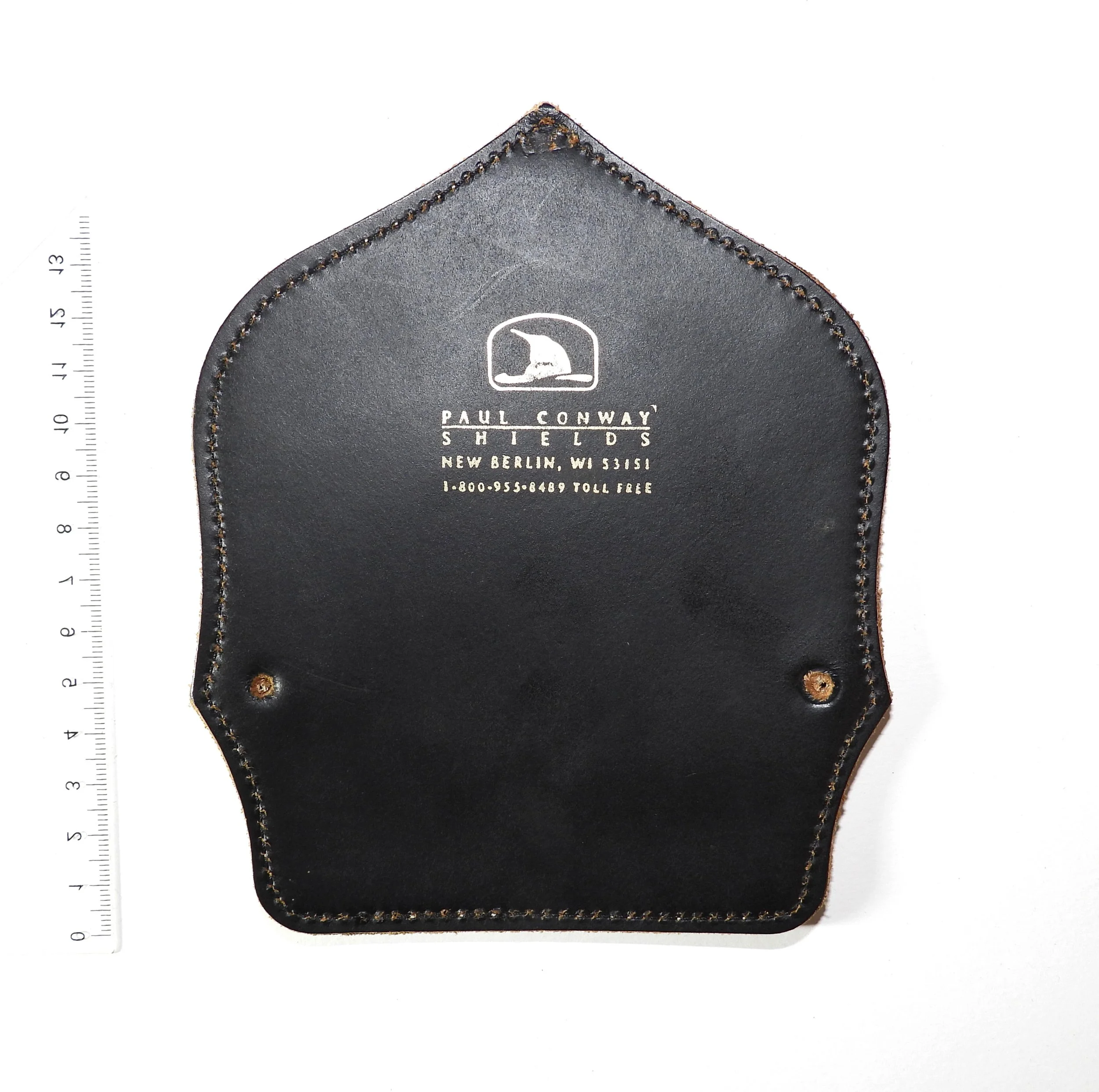Prior to 1966, the training provided to ambulance attendants was variable. Each county ran their service differently. In most places, the maximum training an attendant would have was a first aid certificate.
In 1966, the Ministry of Health produced "A Report by the Working Party on Ambulance Training and Equipment" (chaired by Dr E L M Millar), better known as 'The Millar Report'.
Part 1 established the 'Ambulance Services Proficiency Certificate', which included training in first aid, anatomy and physiology, basic oxygen administration and suction of airways, resuscitation, splinting and handling, and operational matters.
Also offered was the 'Ambulance Services Advanced Proficiency Certificate', which led the attendant to become an 'extended-care attendant' or 'Millar-Trained'. It included training on conditions of breathing and circulation, artificial airways, ventilators, control of circulation and blood pressure, surgical emergencies, and nervous system conditions. The attendant then had to complete a minimum of 20 hours practical experience in a hospital.
Completion was signified by a badge worn on the sleeve of the attendant's clothing.
